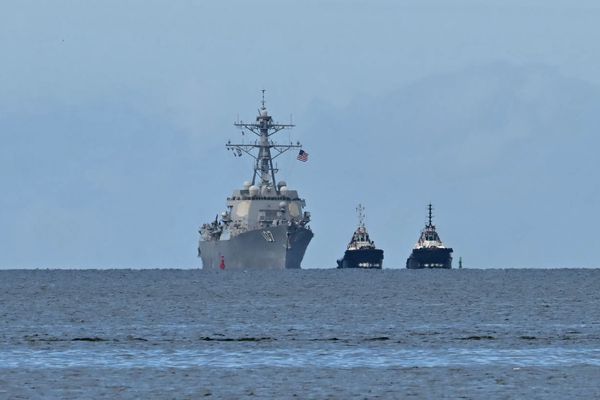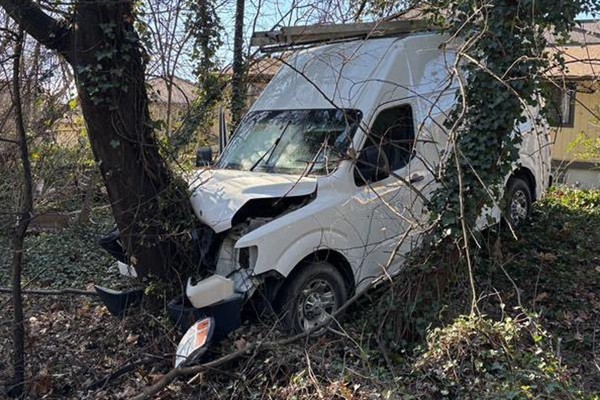Sweeping new global tariffs imposed by Donald Trump have come into force on Thursday as the U.S. president escalates his global trade war.
The U.S. Customs and Border Protection agency began collecting the higher tariffs from 12.01 a.m. on Thursday after weeks of suspense and frantic negotiations with major trading partners.
Imports from many countries had previously been subject to a baseline 10 per cent import duty after Trump paused higher rates announced in early April on what he dubbed ‘Liberation Day’. Trump has frequently modified his tariff plan since then, slapping some countries with much higher rates.
This includes a 50 percent tariff for goods from Brazil, 39 per cent from Switzerland and 35 per cent from Canada. India now faces a 50 percent tariff in 21 days time, after the president added an extra 25 percent this week over the country's purchases of Russian oil.
The leaders of Brazil and India vowed not to be cowed by Trump's hardline bargaining position, even while their negotiators sought a reprieve from the highest tariff levels.
Other potential tariffs of up to 200 per cent on pharmaceutical imports and a 100 per cent import tax on computer chips may be imposed, Trump said. Most U.S. imports of copper, steel, and aluminium are now also subject to a 50 percent duty.
Trump has claimed "billions of dollars" will flow into the U.S. as a result of the new measures, largely from countries that he claims had taken advantage of the United States.
"THE ONLY THING THAT CAN STOP AMERICA'S GREATNESS WOULD BE A RADICAL LEFT COURT THAT WANTS TO SEE OUR COUNTRY FAIL!" Trump said on his social media platform Truth Social.
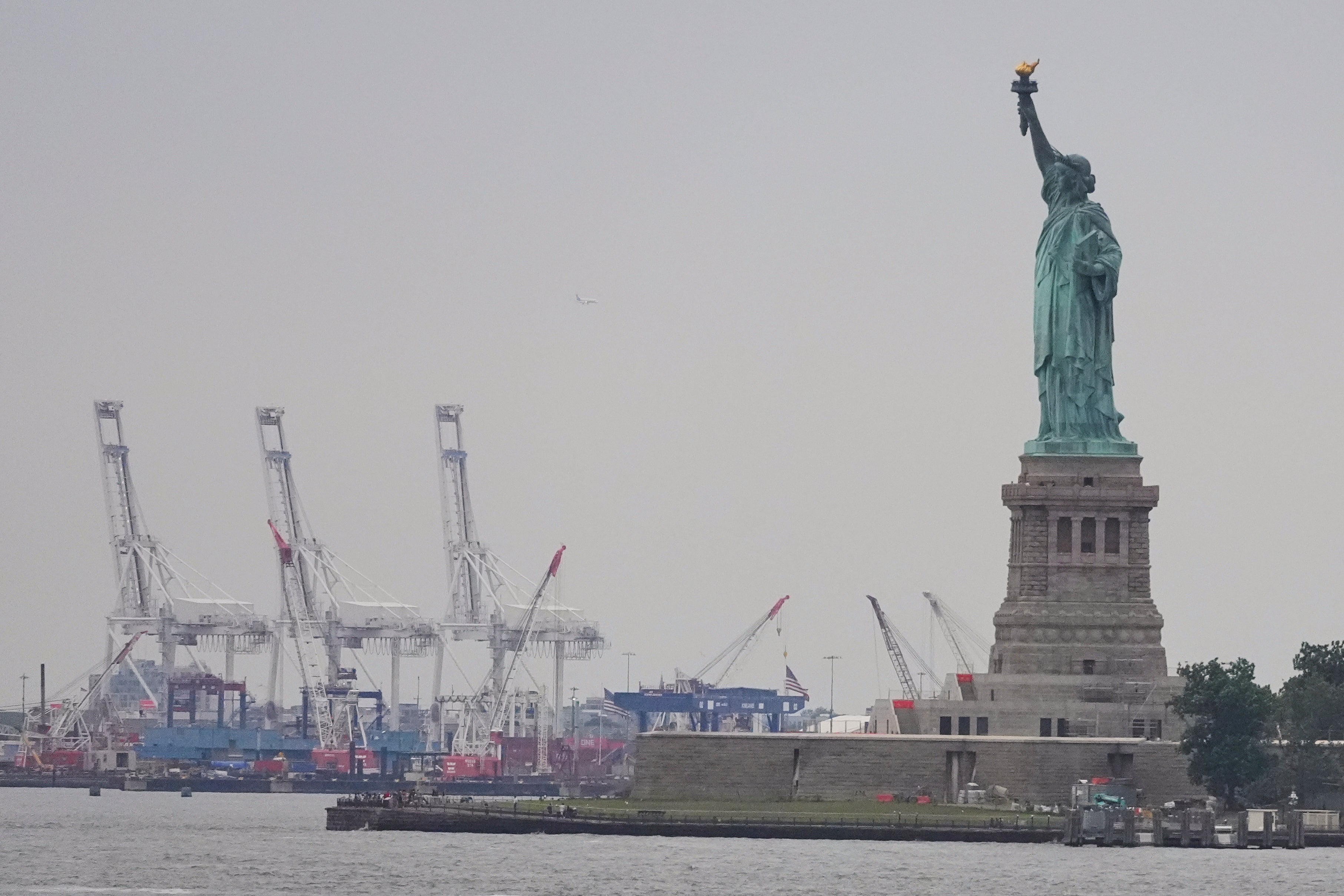
Tariffs are ultimately paid by companies importing the goods, and passed on in full or in part to consumers of end products.
Jamieson Greer, Trump's top trade negotiator, said the U.S. was working to reverse decades of policies that had weakened U.S. manufacturing capacity and workforce. He added that many other countries shared concerns about macroeconomic imbalances.
"The rules of international trade cannot be a suicide pact," he wrote in a column for the New York Times.
Some major trading partners – which make up around 40 percent of U.S. trade flows – have reached deals and made concessions with Trump. The European Union, Japan and South Korea have reduced their base tariff rates to 15 percent.
The U.K. negotiated a 10 percent rate, while Vietnam, Indonesia, Pakistan and the Philippines secured rate reductions to 19 percent or 20 percent.
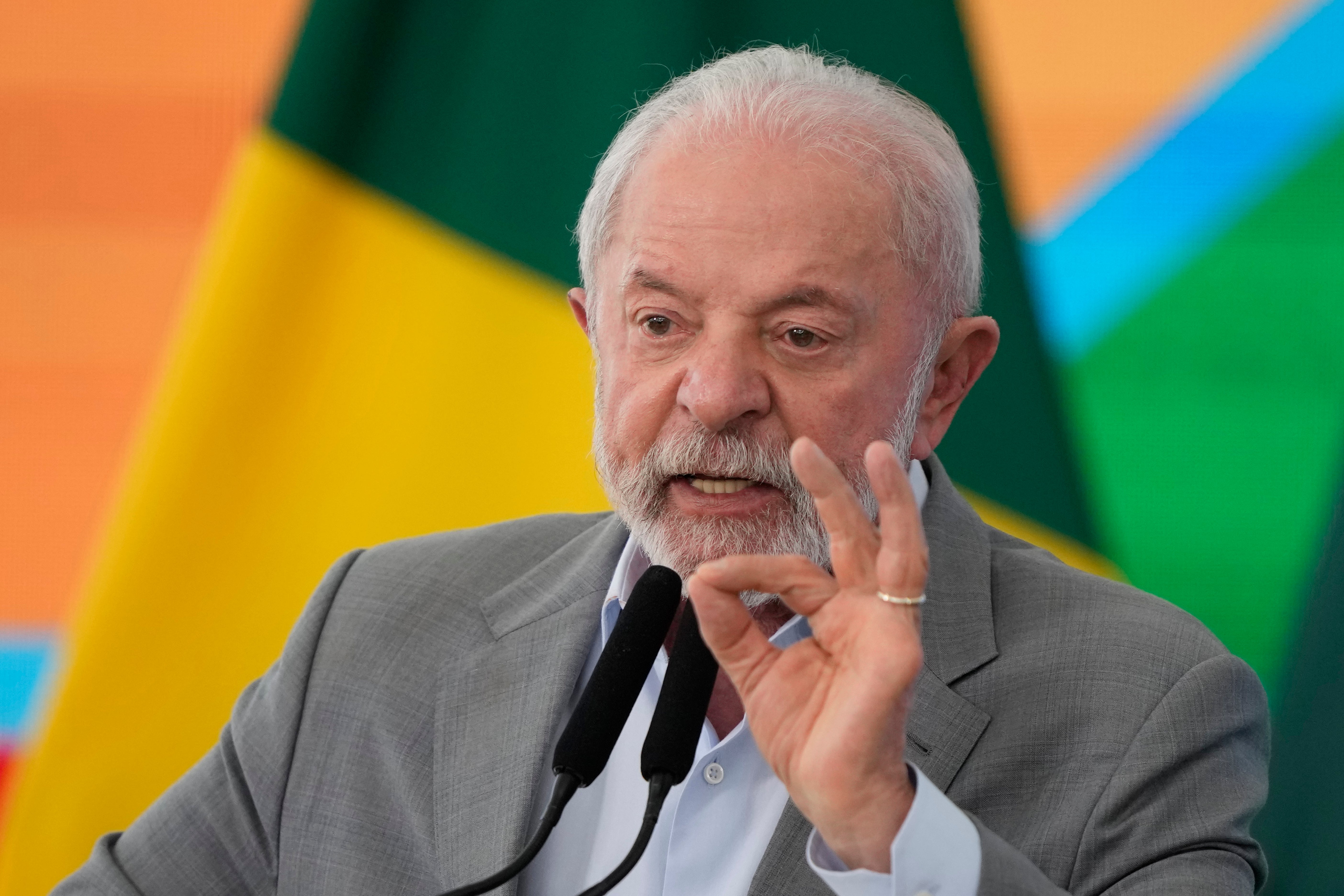
Swiss officials were visiting Washington this week to try to stave off a whopping 39 percent tariff on U.S. imports of its chocolate, watches and other products.
However, Switzerland's government held an emergency meeting on Thursday after President Karin Keller-Sutter returned home empty-handed from his 11th-hour trip to Washington.
Countries facing stiffer penalties are already reeling from the measures. South Africa said the steep 30 percent rate Trump has ordered on the exporter of precious gems and metals has put 30,000 jobs at risk and left the country scrambling to find new markets outside the United States.
A last-minute attempt by South Africa to improve its offer in exchange for a lower tariff rate failed, but South African officials said the two countries' trade negotiating teams will have more talks.
Despite the economic pressures, global financial markets took Thursday's tariff adjustments in stride, with Asian shares and U.S. futures mostly higher. The tariffs announced on 1 August apply to 66 countries, Taiwan and the Falkland Islands.

They are a revised version of what Trump called "reciprocal tariffs," announced on 2 April. This included import taxes of up to 50 percent on goods from countries that have a trade surplus with the United States, along with 10 per cent “baseline’’ taxes on almost everyone else.
Some of the tariffs are being used to penalise nations Trump has taken issue with over matters unrelated to trade. Trump slapped Brazil, for example, with a 50 per cent import tax largely because he is unhappy with its treatment of former Brazilian President Jair Bolsonaro.
Brazil's President Luiz Inacio Lula da Silva told news agency Reuters on Wednesday he wouldn't humiliate himself by seeking a phone call with Trump.
Indian Prime Minister Narendra Modi was similarly defiant, saying he would not compromise the interests of the country's farmers.
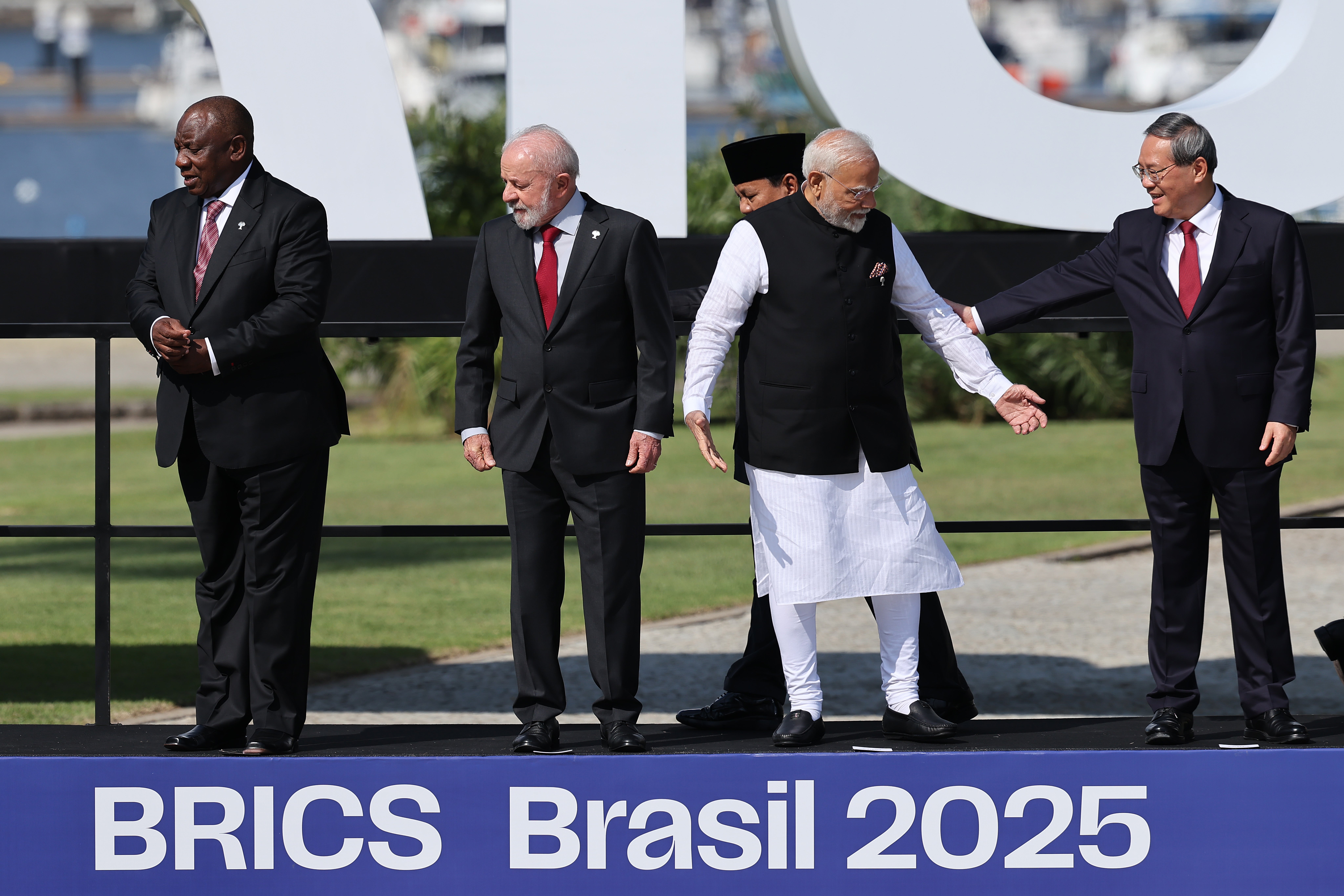
There were also signs that some countries were rallying together to confront Trump, with Brazil's Lula saying he would call the leaders of India and China to discuss a joint BRICS response to tariffs. India’s Modi also said he would visit China for the first time in seven years.
The president has yet to announce whether he will extend a 12 August deadline for reaching a trade agreement with China that would forestall earlier threats of tariffs of up to 245 percent. He has said he may impose additional tariffs over China's purchases of Russian oil as he seeks to pressure Moscow into ending its war in Ukraine.
Treasury Secretary Scott Bessent said the president is deciding about another 90-day delay to allow time to work out details of an agreement setting tariffs on most products at 50 percent, including extra import duties related to illicit trade in fentanyl.
Trump has specified that any goods determined to have been trans-shipped from a third country to evade higher U.S. tariffs will be subject to an additional 40 percent import duty. However, his administration has released few details on how these goods would be identified or how it will be enforced.


